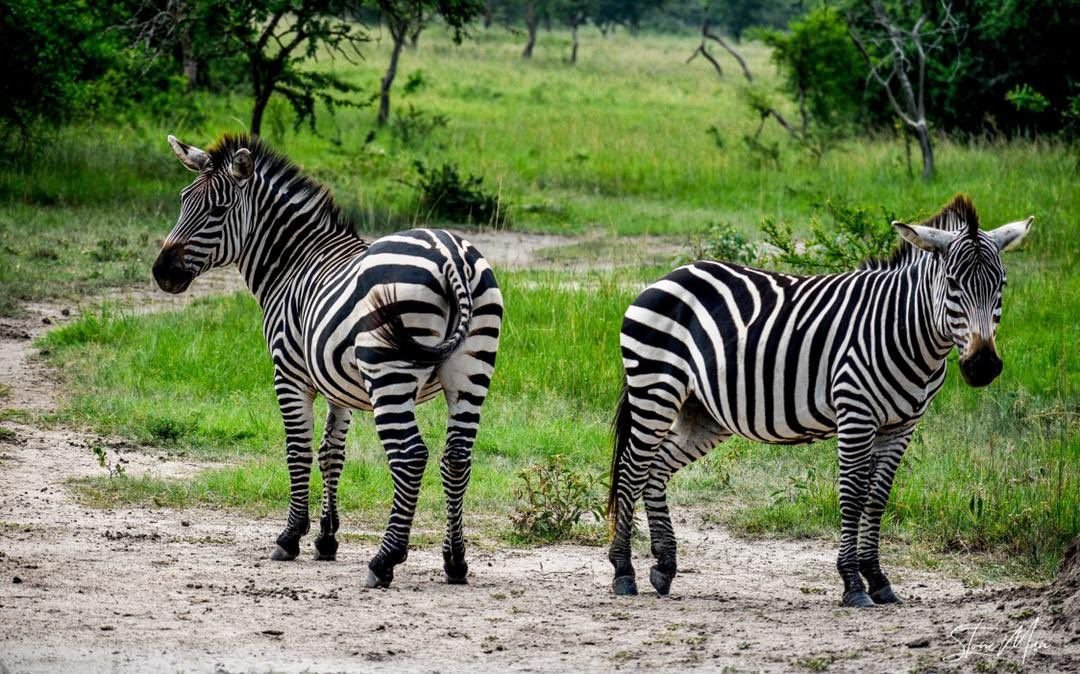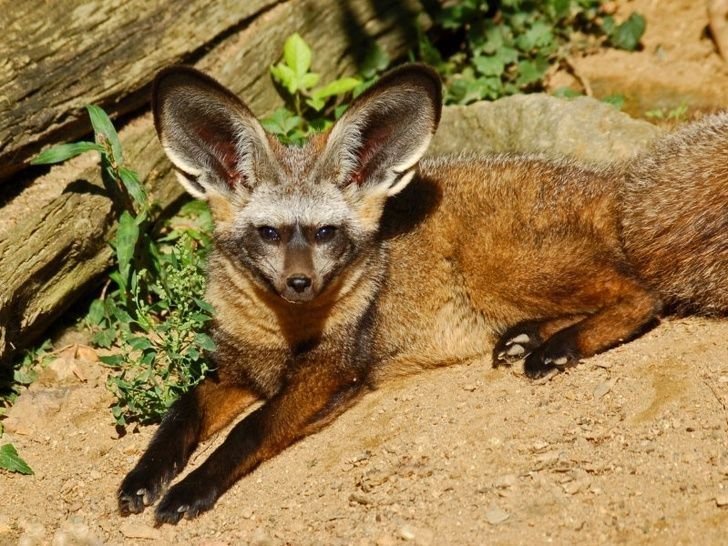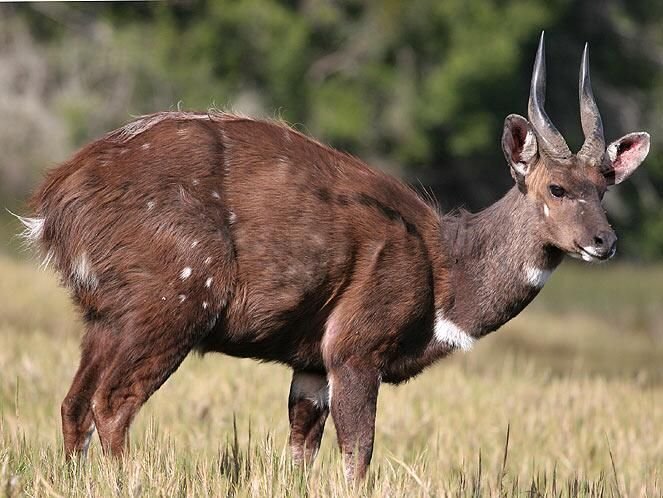Rhinoceros
The White Rhinoceros, also known simply as the rhino, is a huge herbivorous animal with a distinctive horned snout.

Rhinoceros is the common name for any of the five living species of odd-toed ungulates in the family Rhinocerotidae, as well as several extinct species, derived from the Ancient Greek v (rhnókers) "nose-horned." (It can also mean any of the several species that make up the superfamily Rhinocerotoidea, all of which are now extinct.) Out of the five surviving species, three are indigenous to South and Southeast Asia and two are found in Africa.
Adult rhinoceroses weigh in at over a tonne, making them one of the heaviest animals still in existence. One or two horns stick out of their heads, and their thick, protective skin is 1.5 to 5 centimetres thick and made of layers of collagen arranged in a lattice pattern. However, they may survive on more fibrous plant material because of their ability to ferment food in their hindgut. The two species of rhinoceros found in Africa are unique among perissodactyls in that they do not have front teeth but instead use their lips to pluck food.
“As a result of poaching for their horns, which fetch high prices on the black market, nearly all rhinoceros species are now listed as critically endangered.”
The White Rhinoceros, also known simply as the rhino, is a huge herbivorous animal with a distinctive horned snout.
The White Rhinoceros.
The largest living rhinoceros species is the white rhino (Ceratotherium simum), often known as the white rhinoceros, white rhino, or square-lipped rhino. It's the most sociable of the rhino species, with a big mouth for grazing.
The southern white rhinoceros (Ceratotherium chrysoceros) and the northern white rhinoceros (Ceratotherium simum simum) are the two subspecies of white rhinoceros (Ceratotherium simum cottoni).
The white rhinoceros has a massive frame, a huge head, a short neck, and a broad chest.
It has two horns on its snout. The length of the front horn is typically 90 cm (35 in) but can be as long as 150 cm (59 in) (59 in). In addition to its massive forelimbs, the white rhinoceros has a hump on its back that helps keep its heavy skull in place. This creature's colouring can range from a pale golden brown to a dark slate grey. Its tail and ear fringes are covered in hair, whereas the rest of its body is rather bare. The white rhinoceros' wide, flat mouth is adapted for grazing, making it easily recognisable.
Behaviour.
Grasslands and savannas are typical environments for white rhinos. The white rhinoceros is the largest of the pure grazers; it feeds exclusively on grass and prefers the shortest blades. If water is readily accessible, it drinks twice a day, but if things dry out, it may go without hydration for four or five days. Another third of its day is spent eating, another third is spent sleeping, and the last third is used for many different things. Wallowing in mud holes is a favourite activity for white rhinos, as it is for all rhinoceros species. The white rhinoceros may have altered the grasslands' ecology and structure in the savanna.
“The white rhinoceros is extremely nimble, with a top speed of 31 miles per hour (50 kilometres per hour).”
Groups of white rhinoceros, called crashes or herds, can number up to 14. (They are typically female.) Young bulls will gather, and they'll generally hang out with an older cow. An adult bull is more likely to be solitary than not. Excreta and urine are used by dominant bulls to mark their territory. The faeces are neatly arranged in mounds. It may have as many as twenty to thirty of these mounds to show other white rhinos that this is their area. Before spraying pee, they would also wipe their horns on plants or the ground and scrape with their feet to leave a scent.
Reproduction.
Males and females reach sexual maturity at different ages. Males reach sexual maturity between 10 and 12 years old. It's not easy to start a relationship with someone.
The cow curls her tail and takes a rigid stance in preparation for the half-hour copulation. Pairs usually mate for 5–20 days before going their separate ways. It takes white rhinos 16 months to have their young. The average birth weight for a single calf is 40–65 kg (88–143 lb). During their first few days of life, calves are shaky on their feet.
Though weaning begins at two months, a calf may continue nursing for up to a year. White rhinos have an average birth interval of 2.4–3.3 years.
Seeing White Rhinoceros in Uganda: Where to Find Them.
You may only view white rhinos at Ziwa Rhino Sanctuary and the UWEC Zoo in Entebbe (near the international airport). You may drive around the sanctuary's perimeter or go on a guided walk, and it's a good stopping point if you're heading to Murchison Falls National Park.
The Ziwa Ranchers Limited, a private land management firm, the Uganda Wildlife Authority, and the Rhino Fund Uganda, a Ugandan non-governmental organisation dedicated to repopulating Uganda with northern white rhinoceros, worked together to create the Ziwa Rhino Sanctuary. UWA now handles all operations at the property.
This sanctuary gives rhinos a safe place to breed and grow their numbers out of control so that they can be reintroduced to Uganda's national parks in stages so that people can see and learn about these beautiful animals as the project grows
What's Your Reaction?
 Like
0
Like
0
 Dislike
0
Dislike
0
 Love
0
Love
0
 Funny
0
Funny
0
 Angry
0
Angry
0
 Sad
0
Sad
0
 Wow
0
Wow
0













































































